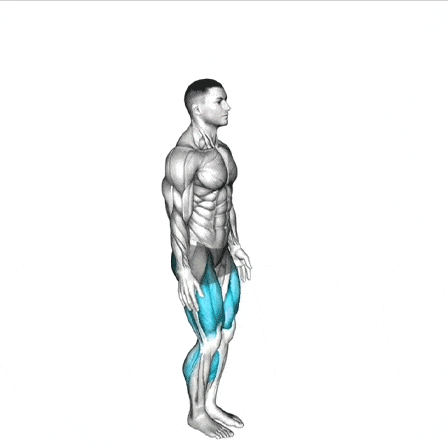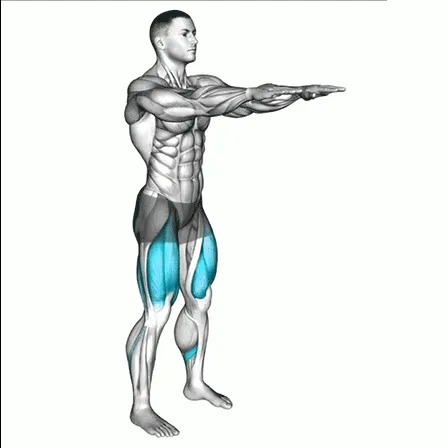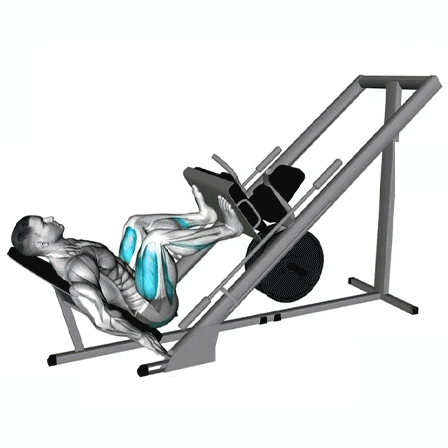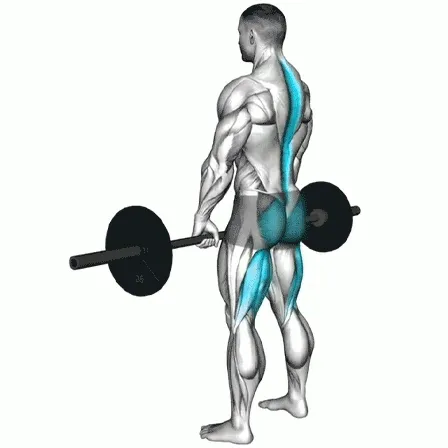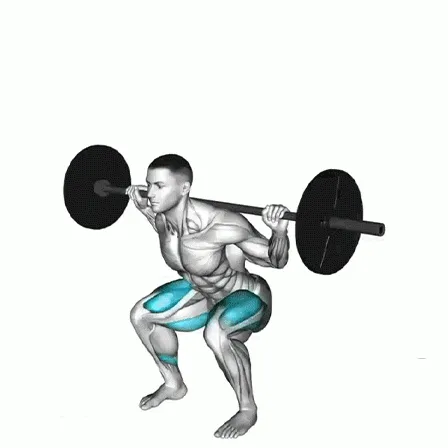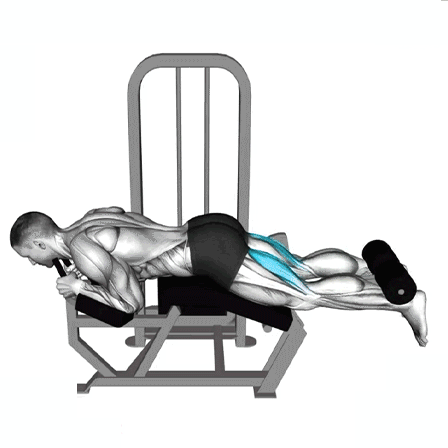Squat Jumps: Boost Power and Explosiveness
Squat jumps are a dynamic exercise designed to improve lower-body power, explosiveness, and overall athletic performance. They engage the quads, glutes, hamstrings, and core while incorporating a plyometric element to enhance speed, agility, and vertical jump ability. Proper technique is essential to maximize benefits and prevent injury.
Step-by-Step Instructions for Squat Jumps
1. Starting Position
-
Stand with your feet shoulder-width apart.
-
Keep your chest up, shoulders back, and arms relaxed by your sides.
-
Engage your core to maintain balance.
2. Lower Into a Squat
-
Push your hips back and bend your knees, lowering your body into a squat position.
-
Ensure your thighs are parallel to the floor or lower, depending on your flexibility.
-
Keep your knees aligned with your toes to avoid strain.
3. Jump Upward
-
Drive through your heels and explode upward, straightening your legs.
-
Swing your arms upward to generate momentum.
-
Focus on jumping as high as you can while maintaining good form.
4. Land Softly
-
Land gently on the balls of your feet and immediately roll onto your heels.
-
Bend your knees slightly to absorb the impact and transition smoothly into the next rep.
-
Avoid locking your knees or landing with stiff legs.
5. Repeat
-
Return to the squat position and repeat the movement for the desired number of reps.
Tips for Proper Form
-
Warm-Up: Start with dynamic stretches and light cardio to prepare your muscles and joints.
-
Alignment: Keep your spine neutral and avoid rounding your back during the squat or jump.
-
Control: Focus on controlled movements during both the ascent and descent.
-
Depth: Go as low as your flexibility allows while maintaining proper alignment.
-
Breathing: Inhale as you squat down and exhale as you jump up.
Squat jumps are an effective plyometric exercise to develop explosive power, boost athletic performance, and strengthen the lower body. By maintaining proper form, controlling your movements, and focusing on landing mechanics, you can safely increase height, speed, and overall leg strength. Incorporate squat jumps into your routine for improved power and functional fitness.
